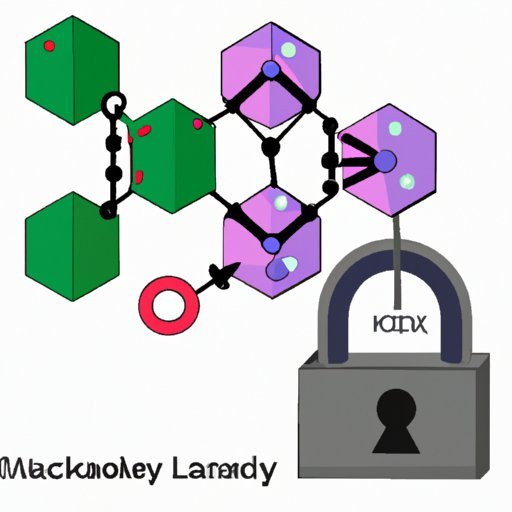I. Introduction to Lock and Key Mechanism
Molecular binding involves the interaction of substances or molecules together, and it is a fundamental concept in various biological, chemical, and physical processes. When two molecules bind with each other, they recognize each other’s specific shape and chemical characteristics, and the precise fit that occurs between them is the result of an intricate mechanism known as the lock and key mechanism. Understanding the lock and key mechanism plays a critical role in the advancement of molecular research and drug development.
II. Molecular Complementarity in Binding
The lock and key mechanism is based on the concept of molecular complementarity, which refers to the ability of two molecules to fit together precisely through the recognition of each other’s specific chemical and electrostatic interactions. The complementarity of shape, size, and charge distribution enables the formation of strong, stable intermolecular interactions that allow the molecules to bind together specifically.
III. Specific Interactions in Lock and Key Binding
There are different types of interactions involved in lock and key binding, including hydrogen bonding, ionic interactions, van der Waals forces, and hydrophobic interactions. The specificity of these interactions is essential in determining the strength and stability of the binding between the two molecules. The stereochemistry and orientation of the molecules also play a crucial role in the binding process.
IV. Examples of Lock and Key Binding in Biological Processes
The lock and key mechanism is widely seen in biological processes that involve protein-ligand interactions. Some examples include enzyme-substrate interactions, antibody-antigen interactions, and receptor-ligand interactions. Enzymes are proteins that catalyze biochemical reactions in the body; they have active sites that can interact specifically with substrates, which are the reactants they act upon. Antibodies are protein molecules that can recognize and neutralize harmful pathogens. Receptors are proteins that bind to extracellular signalling molecules and trigger downstream cellular responses.
V. Lock and Key Binding in Drug Development
Researchers use the lock and key mechanism in drug development to design drugs that specifically bind to target proteins and modulate their activity. By understanding the shape and electrostatic properties of the target protein’s binding pocket, researchers can use computer-assisted molecular docking studies to identify potential drug candidates that have optimal complementarity for binding with the target protein. Examples of drugs that have been developed using this mechanism include HIV protease inhibitors and Tamiflu.

VI. Molecular Docking in Predicting Lock and Key Binding
Molecular docking is a computational technique that predicts the binding orientation and strength between two molecules. It plays a critical role in drug discovery and the design of new molecules targeting specific proteins. Molecular docking algorithms use various scoring functions to evaluate the potential binding energies and determine the best ligand conformation that fits within the protein’s binding pocket. The reliability of molecular docking studies depends on the accuracy of the protein structure, ligand conformation, and the chosen scoring function.
VII. Applications of Lock and Key Binding in Materials Science
The lock and key mechanism has also found practical applications in materials science, where researchers aim to develop materials that have specific functions and properties based on their molecular structure. For instance, scientists have designed self-assembling materials that can spontaneously form structures based on the principles of molecular complementarity and non-covalent interactions. This approach has led to the development of new materials with potential applications in electronics, biomedicine, and energy storage.
VIII. Conclusion
The lock and key mechanism is a fundamental concept in molecular biology, chemistry, and materials science that aids in the design of new molecules and materials. Understanding the molecular complementarity and specificity of intermolecular interactions form the basis of successful molecular recognition. The applications of lock and key binding in drug development and materials science have proven to be invaluable in advancing research and technological innovation. Future advances in the understanding of this mechanism will continue to pave the way for more discoveries and developments.
